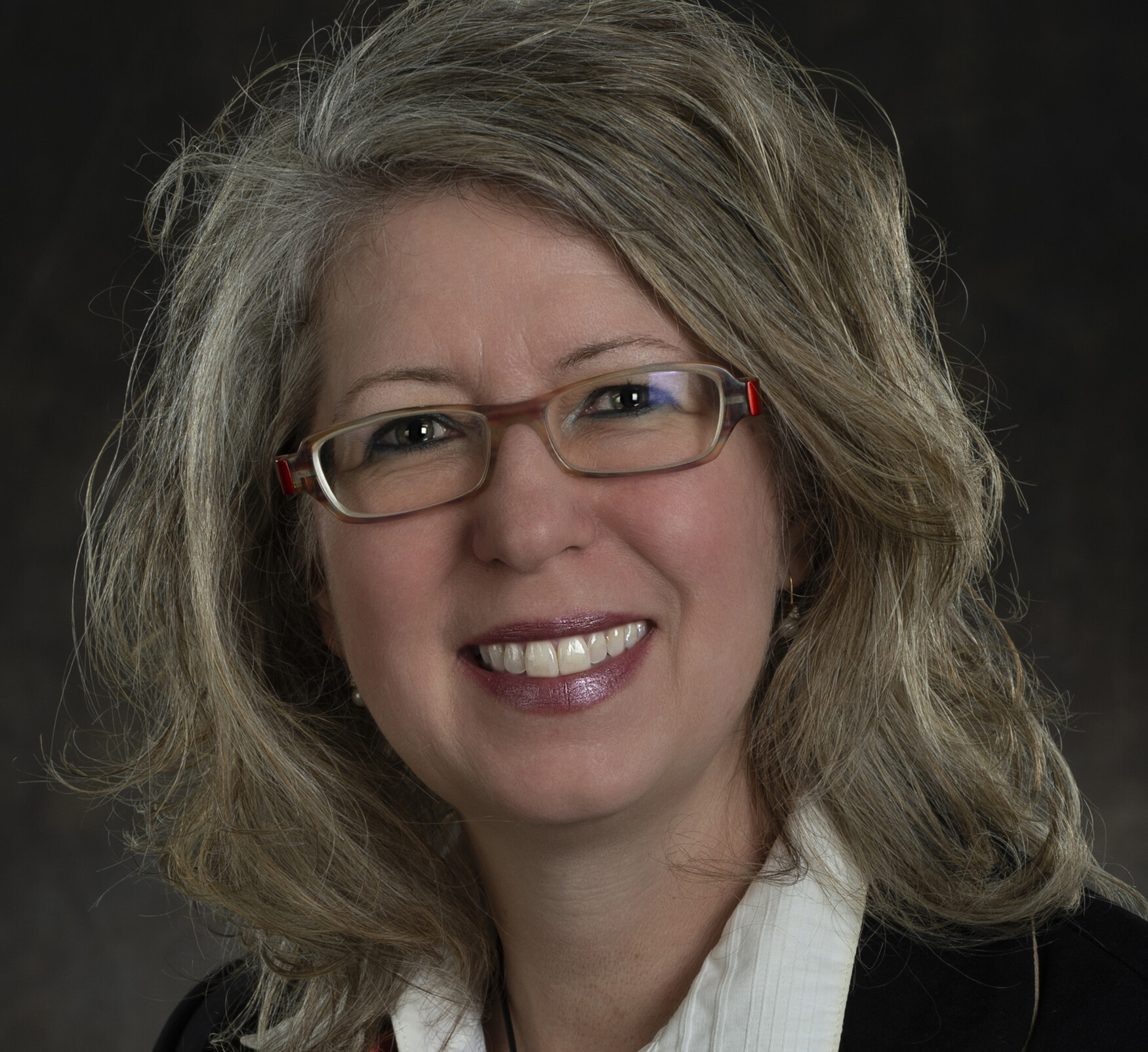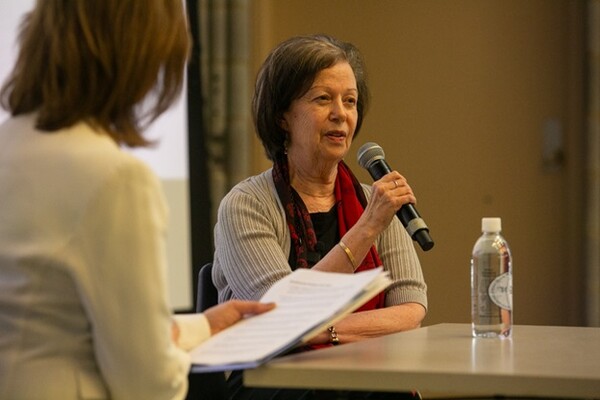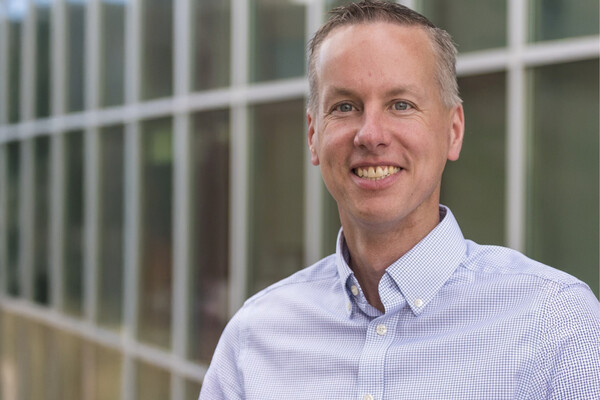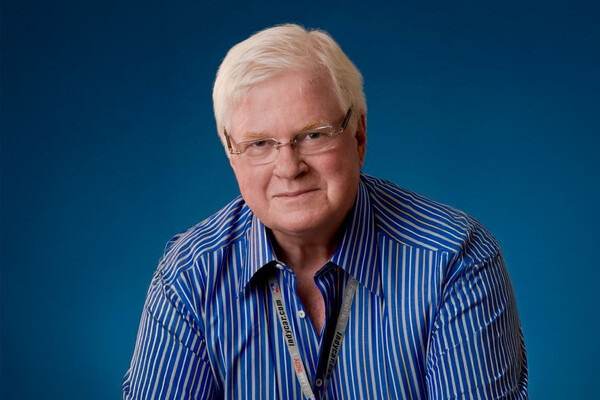Main Second Level Navigation
Breadcrumbs
- Home
- News & Events
- Recent News
- The Final Frontier: Joan Saary on Delivering Medical Care in Space
The Final Frontier: Joan Saary on Delivering Medical Care in Space

Dr. Joan Saary (MD '97, PGME '06, PhD '08) is a physician in Occupational Medicine with a unique expertise in aerospace medicine. She is an Associate Professor in the University of Toronto’s Department of Medicine and a consultant to various organizations including the Royal Canadian Air Force/Canadian Forces Environmental Medicine Establishment and the Canadian Space Agency. Dr. Saary completed her postgraduate medical training at the University of Toronto and has trained at NASA and the International Space University, among others. Currently, Dr. Saary is in the process of developing a Fellowship in Aerospace Medicine, a first for Canada. The fellowship will enable practicing physicians to gain specialized training in aerospace medicine with a unique Canadian focus.
"The most rewarding part of my job is contributing to forward-thinking, creative solutions for problems. It’s not waiting to see what other people will do. In space medicine, we know what’s coming before others conceive that it’s possible."
Dr. Joan Saary (MD '97, PGME '06, PhD '08) has never been to space, but she’s no stranger to the complex medical issues that can arise in such an extreme environment. From solving medical issues with astronauts on the International Space Station to working with futuristic technologies not yet adopted on Earth, her work in space medicine might sound like something out of science fiction. Dr. Saary sat down with writer Claire Wiles to explain what it’s like to work in the field of aerospace medicine, and what the future of space medicine may hold.
What is space medicine?
Space medicine is one component of the broader specialty of aerospace medicine. Aerospace Medicine is a specialized body of medical information and knowledge related to human safety and performance in aviation and space environments. These are often extreme or very isolated environments, so having specialized clinical medical skills is crucial to providing care for crew members in space operations.
In terms of what I do in space medicine specifically, I am the Chair of an international working group that develops the medical standards for the International Space Station Program, defining the medical requirements to become and continue working as an astronaut, while ensuring that the emergent medical needs in such an obscure and remote environment are met. This requires a lot of thinking outside the box around how to solve medical issues that could arise in such an environment.
With the International Space Station, there are environmental and engineering limitations that require medical equipment and supplies to take up as little mass, power, and volume as possible. There is no “flying ICU” and emergency evacuation is complicated, or sometimes impossible. The solutions to delivering medical care in these situations can have very meaningful impacts on health care delivery here on Earth, especially for countries like Canada where we have populations living in isolated areas. For example, the miniaturization of medical technology means we can use handheld devices for complex diagnostics in ways we haven’t in the past.
How do space and aerospace medicine intersect with occupational medicine?
I have an interest in medicine in extreme environments. I’m also involved in diving medicine, military aviation and civil aviation. Unlike traditional medicine in which physicians are treating ill individuals, I am usually selecting and ensuring the health and safety of healthy individuals working in extreme environments, which is how it ties in with occupational medicine.
What’s the most frequently asked question you get when you tell people your profession?
It really depends on the audience. Kids are always really interested and will often ask if I’ve met any astronauts. I’ve met most of the past and current Canadian astronauts in some capacity and I’ve been privileged to be part of the medical selection board in the last two Canadian astronaut selections: in 2009 when David Saint-Jacques and Jeremy Hansen were selected, and in 2017 when Joshua Kutryk and Jenni Sidey-Gibbons were selected. As a result, a lot of people ask for advice about how to become an astronaut. Many people also ask questions about living in space knowing that without gravity things float, including us!
What’s the most rewarding part of your job?
I think the most rewarding part of my job is contributing to forward-thinking, creative solutions for problems. It’s not waiting to see what other people will do to solve the problems and then implementing them; it’s being a part of the teams that are trying to solve problems that, to the average person, would seem quite futuristic. Think high-tech clothing, robotic surgery, space hotels, even technology like the tricorder from Star Trek. In space medicine, we know what’s coming before others conceive that it’s possible.
I also derive real satisfaction from helping others achieve their dreams and inspiring a very talented younger generation who have never known a world without the International Space Station and for whom the next step back to the moon and even beyond is going to happen in their lifetime.
What advice can you give to young professionals hoping to pursue the niche practice of aerospace medicine?
You have to think creatively. For those who have a passion for an area, there are always ways to get involved and contribute, even if the path to reach that career isn’t linear. There are opportunities both in clinical medicine and research to combine this interest with a variety of other fields. The interdisciplinary nature of space, as a broader field makes it important for one to understand disciplines beyond medicine, so one can easily think about how to merge a variety of interests into something that could solve challenging problems for the field.
What do you hope to see for the future of space medicine?
I think that as commercial space opens up and we begin to see greater access to space in the private realm, the provision of medical care to space travellers, both private and professional, will expand. I also think that professional astronauts will continue to push the boundaries further. Canada has joined the Lunar Gateway project to return to the moon — or even beyond. We’re thinking about longer duration missions farther away from Earth, and the complexity that both time and distance brings to the delivery of healthcare. I think we’re going to see more autonomously functioning systems, more high-tech integration and more artificial intelligence contributing to the systems developed for these exploration missions.
Who do you look up to for mentorship or for inspiration?
I’m grateful for the numerous military physicians, flight surgeons and astronauts from Canada and abroad who have shared their unique personal experiences with me, ranging from escorting royalty and hiking Everest, to living under the ocean and in space. As well, the training program and teaching philosophy at the International Space Universityhas given me the framework of how to think in the world of space, and really laid the groundwork on which to stand in aerospace medicine.
Is there anything else you’d like to add?
Space medicine is an exciting and progressive field, and Canada has a long history of expertise in space and aviation medicine. I think Canada hits well above its weight for being a productive partner in the world of space and I am excited to be a part of Canada’s future in space.
News


